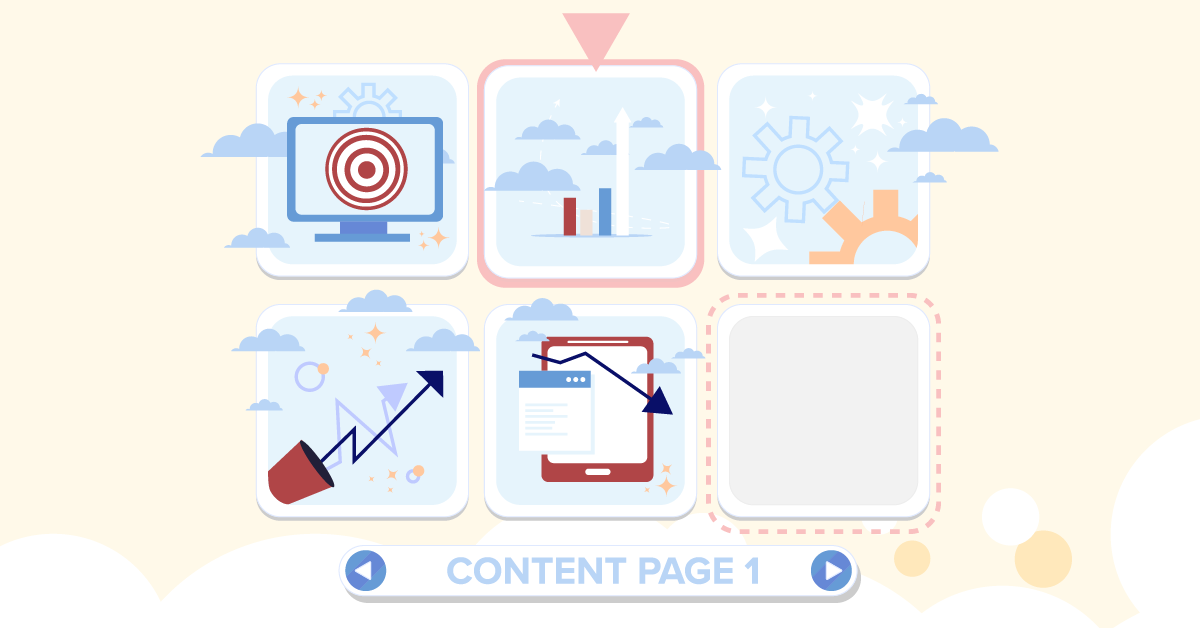
Your Guide To Repurposing Content
04/03/25
Content Marketing
In content marketing, consistency is key – but so is efficiency. This is why repurposing content is so important for any organization trying to get the maximum benefit from their content plan.
Today we are giving you a brief guide to what “repurposing content” actually means. This will also include a few examples of how you can repurpose your own content, and a few best practices to keep in mind.
Let’s check it out below!
What Does “Repurposing Content” Mean?
Content repurposing is the process of taking existing content and reworking it into new formats, for new platforms, or for new audiences. This can apply to any type of content you make, and across just about any platform. This isn’t about “copy-pasting”. Rather, when you repurpose content, you’re trying to transform it into something fresh and new.
At its core, repurposing content is all about using your content to its full potential. Most organizations are involved in content marketing of some kind. Neglect the power of repurposing the content you make, however, and you won’t get as good of results as you normally might.
Repurposing content also has the very real benefit of meeting your audience where they are. Some people prefer to read in-depth blog posts. Some want to watch videos. Others spend all their time on X, while others consume a ton of podcasts. By repurposing your content, you are able to give everybody something they will consume – without needing to create something from scratch.
6 Examples Of Common Content Repurposing
Wondering how to actually transform one piece of content into another? There are a number of options. Here are some of the most common (and effective) ways to repurpose content, as well as a few tips for each one:
Blog Post → Social Media Carousel
- Ask ChatGPT to summarize the most important parts of your blog post
- Put those into a visual carousel for Instagram
Podcast Episode → Mini Video Clips
- Gather the most memorable quotes or insights from your script
- Turn these into short video snippets for social media
YouTube Video → Email Newsletter
- Transcribe your entire YouTube video script
- Use parts of that content to create sections of an email newsletter
Email Newsletter → LinkedIn Post
- Reword the strongest section of your most recent email newsletter
- Use that to create a standalone post
Webinar → Micro-Content Series
- Extract the tips or frameworks that most resonated with your webinar audience
- Release these as a themed series on a different platform
Social Media Post → Short Video
- Take the main text of a social media post
- Use this as a script for a face-to-camera reel
It’s important to note here that there is no strict rule about platforms. You can repurpose content from one platform to another, or simply keep it on the same one in a different format. Whatever works for your organization.
These are also only a few ideas – do what makes the most sense for your team!
Tips For Repurposing Content Effectively
There’s no “right” way to repurpose content. Every organization is different, and everybody’s content will have its own unique spin. That said, there are some important best practices to keep in mind. If you are serious about repurposing your content for maximum effect, be sure to follow these five tips:
1) Tailor to the platform
Each platform has its own language. What works on LinkedIn won’t necessarily perform as well on Instagram. As you repurpose your content, be sure to match your format and tone to the space you’re in.
For example, a dense, more detailed blog post can provide a ton of snappy captions to put on X. A podcast script, meanwhile, might be full of quotes you can repurpose for LinkedIn. The platform matters, so make sure you’re on top of different content expectations across all of them.
2) Refine where necessary
It’s tempting to cut up a post into smaller pieces and hit “publish.” Everybody is busy, and often repurposing a piece of content is low on everybody’s to-do list.
That said, the best efforts will take “refinement” into account. Based on whichever platform you are transferring to, your new piece of content should be able to stand on its own. This will take a bit more time, sure – but it’s worth it.
3) Refresh and update
When you’re working with older content, make sure that it’s still accurate and relevant. No use repurposing your content if what you’re working with is outdated. This is where you need to spend some time refreshing your examples, tweaking your stats, or adjusting your messaging to be more current.
Repurposing your content does indeed give you a chance to breathe new life into your past content. That said, you need to make sure those ideas are still relevant!
4) Create a system
Systems create efficiency. This is undeniable. And the more you start repurposing content, the more you stand to gain by having some kind of system in place. Here is just one example of what your workflow for a blog post might look like.
- Publish the blog post on your website
- Pull 2–3 quotes for social media
- Turn the intro into an email teaser
- Use your main argument as a LinkedIn post
- Record a short video on the main idea
- Add the post to a newsletter roundup
Of course – this is just for a blog post. No matter what kind of content you are creating, it’s worth sitting down and planning what a repeatable (and sustainable) system might look like.
5) Track what works
Like everything, you will get better results with your content repurposing if you are actually tracking things. This is not a “set it and forget it” strategy. You need to be active.
Pay attention to the content formats and channels that perform best. If certain repurposed content consistently gets better engagement, that’s a clue you’re hitting the right note!
…
Are you an enterprise, nonprofit or small business looking for help on your website? Give us a shout! We provide a free consultation. Email us at info@lughstudio.com or call us at (718) 855-1919!









